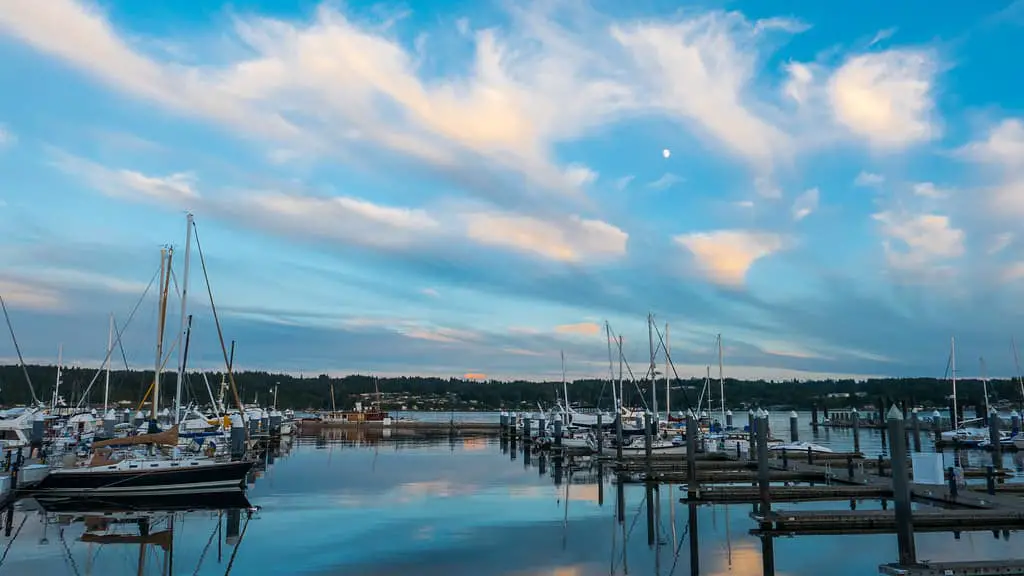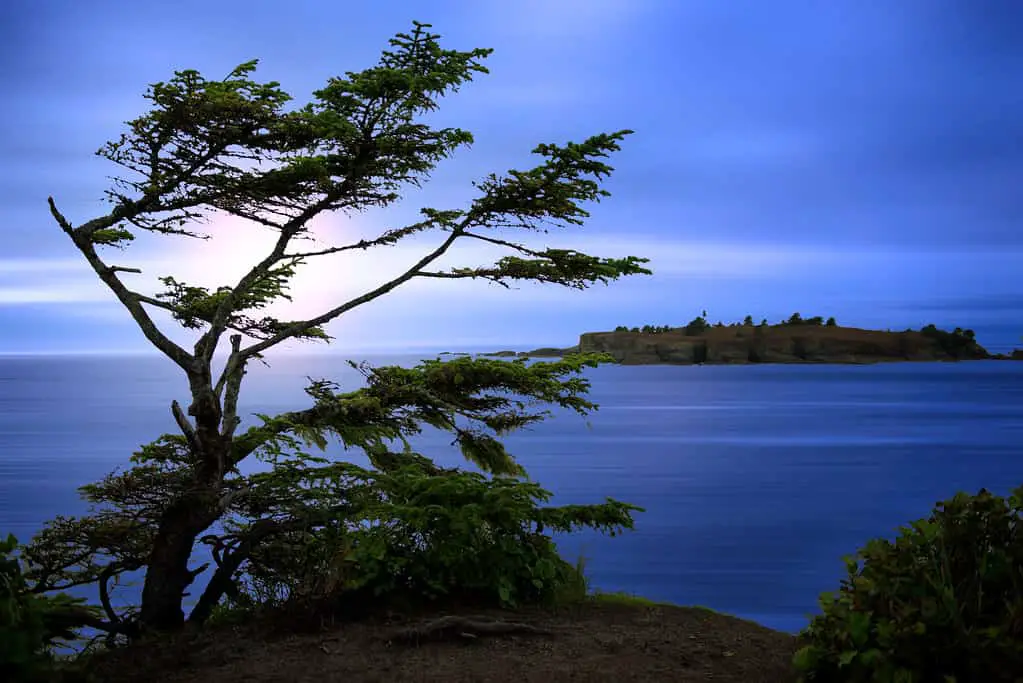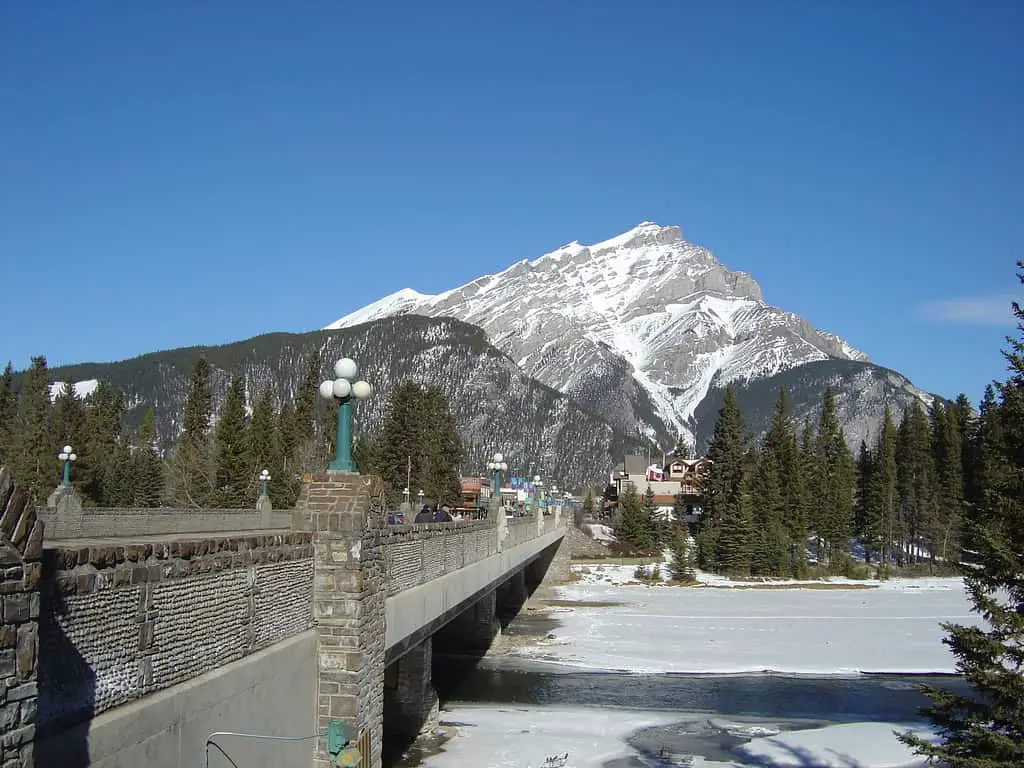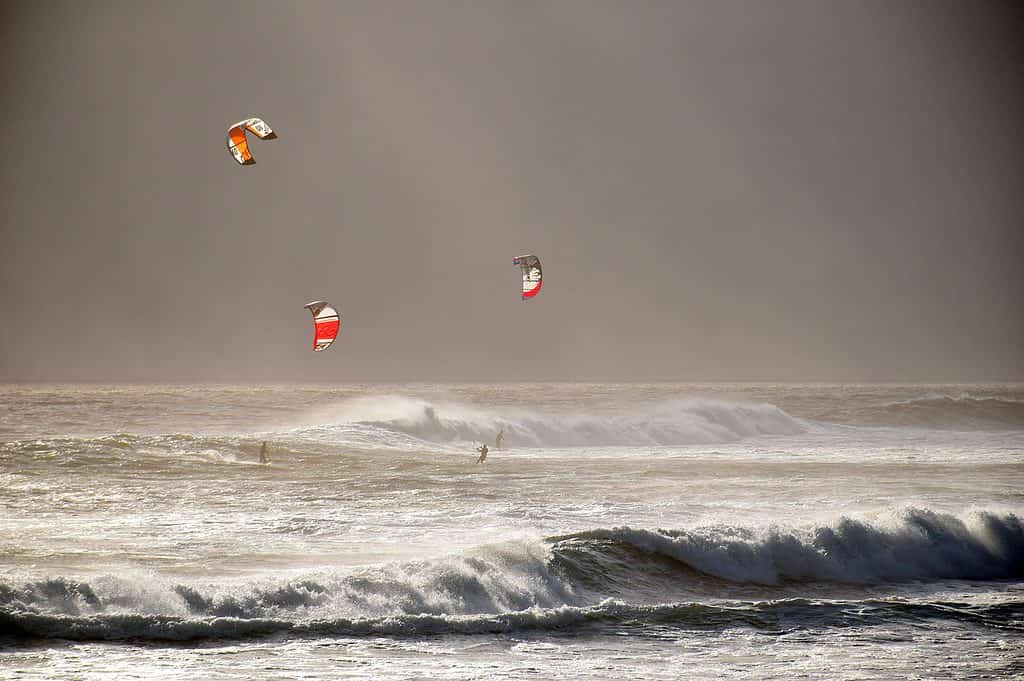Whether you’re moving to Washington state or are a local, you will need to know about the weather in Washington state. Fortunately, there are several ways to tell which state region has the best weather.
Eastern Washington has a hot but dry summer.
Located on the Pacific Coast, Eastern Washington has a hot but dry summer. The average temperature in July is in the lower to mid-90s. However, temperatures can reach 100 degrees on some afternoons.
The average precipitation in July is 1.2 inches. The precipitation increases with elevation. The wettest months of the year are January and February. The dry season begins in late spring and reaches its peak mid-summer.
The Cascade Range is a significant contributor to the climate of Eastern Washington. It blocks hot continental tropical air from moving west. This creates a rain shadow effect that provides for more sunny days.
Coastal Washington is mild.
Coastal Washington’s climate is mild, with the usual winter snowfall of 10 to 30 inches. The Pacific Ocean moderates the temperature and creates a marine layer. Water temperatures along the coast range from 45deg to 53deg from January to July.
Winter temperatures are colder east of the Cascades. On rare occasions, snow can cover higher elevations. Snow depths rarely exceed six to 15 inches in the lower elevations.
The climate in Washington state is diverse, with a moist climate on the west side of the Cascades and a dry climate on the east. The Climate Prediction Center recently published a summer outlook predicting below-average precipitation in western Washington.
Eastern Washington has less variability in temperature than Western Washington.
Unlike Eastern Washington, Western Washington has a much more moderate climate. Western Washington has five climate regions. Each of these areas has its unique air mass. These air masses are the major contributing factors to the climate of western Washington.
Western Washington is under the influence of the Pacific Ocean and Maritime air. These air masses bring high temperatures and low relative humidity. They also provide warm sunny days during the summer months. This is due to radiational cooling during the night. These warm temperatures are also a result of the presence of the Cascade Mountains. Those mountains form a barrier to easterly air movement and remove moisture from mid-latitude cyclones.
Coastal Washington has less snowfall than the Tri-City area
Coastal Washington has less snowfall than the Tri-Cities area, but it’s still one of the snowiest places in the Pacific Northwest. The Tri-Cities is home to Richland, Pasco, and Kennewick and are located at the confluence of three great rivers, the Columbia, Yakima, and Snake.
Aside from the occasional gusty winds, the Tri-Cities area enjoys a relatively warm spring and summer. The Pacific Ocean is a large heat sink, often milder than other regions of the country. However, the ocean has little moisture left when it reaches the state’s east side.
Coastal Washington has less variability in precipitation than Eastern Washington.
Coastal Washington has less precipitation and temperature variation than Eastern Washington. Differences in air masses can explain the difference. Eastern Washington is located east of the Cascade Mountains, which provide a rainshadow that prevents much rain from falling. The Cascade Mountains block hot continental tropical air from entering Washington, causing high temperatures. Consequently, Western Washington is a more moderate climate.
Seattle, located on the western side of the Cascades, has a comparatively mild climate. Rainfall is generally light, but occasional damaging hailstorms do occur. Seattle receives 3.08 inches of precipitation per month. The wettest month is November. The average yearly high is 57.3 degrees. The coldest months are December and January.
Cascade Mountains act as a topographic and climatic barrier
Located in the northern part of Washington state, the Cascade Mountains are a natural barrier to moist weather systems. They also act as an obstruction to mid-latitude cyclones. The mountains are approximately 4,000 to 10,000 feet high and divide the state into western and eastern portions. The range is broken by a narrow gorge, forming the boundary between Washington and Oregon.
The Cascade Mountains are also home to several volcanoes. The tallest of these is Mount Rainier. The North Cascades Range is often called the North American Alps. Many of the glaciers that formed on the mountains have disappeared since the late 19th century, but several large glaciers remain.
The Muggier period lasts for 4.9 months.
Depending on where you live, Washington state might be a sweaty place. That’s not to say you don’t have your fair share of days when you can’t be bothered with a light jacket. If you have to go outside for work or play, you’ll probably be a sweaty mess by the time you get home. For the same reason, bringing an umbrella or two along for the ride is a good idea. In general, the cooler months are the most comfortable.
Wind speed
Until now, the highest wind speed in the state of Washington had been measured by anemometers at Mt. Washington and Cannon Mountain. These two mountains are located about 20 miles southwest of Mt. Washington and are blasted by high winds.
The official WMO station measured the gust at 191 mph. However, the National Weather Service office in Sacramento questioned the validity of the measurement. There were also doubts due to abnormally high humidity levels.
The WMO deemed the measurement to be valid. The official station’s elevation was 325 m. The California State Climate Extremes Committee also confirmed it.





